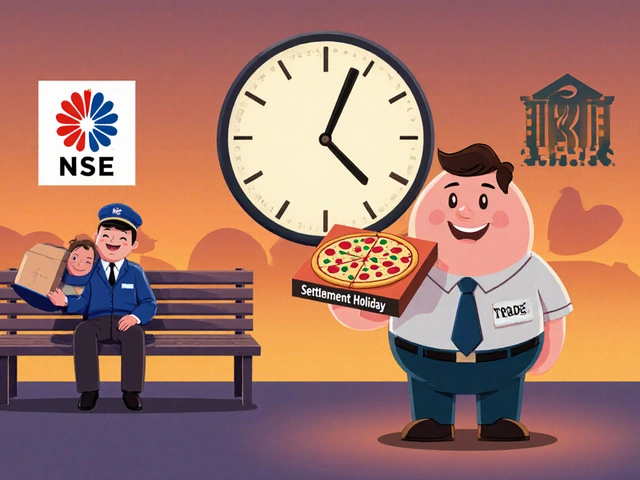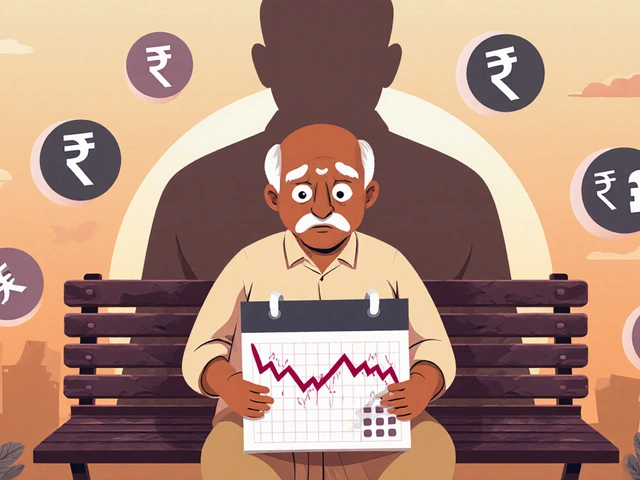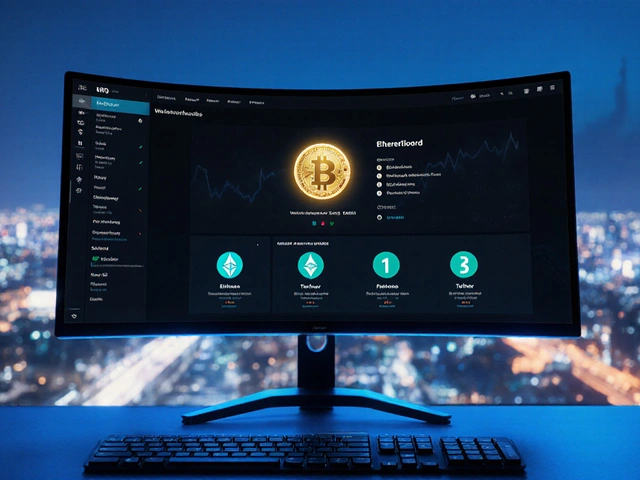Parachain Auctions: How Projects Connect to Polkadot Through DOT Bonding
What Are Parachain Auctions and Why Do They Matter?
Parachain auctions are how new blockchains earn a spot on Polkadot - not by paying a fee, but by locking up DOT tokens. Think of it like renting a highway lane, but instead of cash, you pledge crypto that gets returned later. Polkadot only has 100 parachain slots total. These slots let independent blockchains connect directly to the main Polkadot network, share its security, and talk to each other seamlessly. Without auctions, there’d be no fair way to decide who gets in. The system ensures that projects with real community backing, not just deep pockets, have a shot.
How the Auction Works: The Candle Auction Explained
Polkadot doesn’t use a simple bidding war. It uses something called a candle auction - a 17th-century idea adapted for blockchain. Each auction lasts seven days. The first 1.75 days are the opening period. After that, there’s a five-day window where anyone can still bid. But here’s the twist: no one knows exactly when it ends. A random number, generated by a Verifiable Random Function (VRF), picks the closing block after the auction closes. That means if you wait until the last minute to bid, you might miss it. The system rewards early, confident bids.
Projects can bid for lease periods in 12-week chunks, up to 96 weeks (two years). Multiple teams can win the same auction if their lease periods don’t overlap. For example, one project might bid for 12 weeks, another for 48 weeks - both can win if they don’t clash. This makes the system more flexible than a simple auction where only the highest bidder wins everything.
What Happens to Your DOT When You Bid?
When a project wins an auction, it locks up DOT tokens for the length of its lease. These tokens aren’t destroyed or given away. They’re frozen. You can’t spend them. You can’t stake them. But you get them back - every single one - when the lease ends. That’s the big difference between Polkadot and other systems. You’re not buying a slot; you’re borrowing one. The DOT acts as collateral to prove commitment. If the project fails, the DOT still goes back to the contributors. That’s why the system is called a bond, not a purchase.
Crowdloans: How Regular Users Help Projects Win
Most projects don’t have millions of DOT sitting around. That’s where crowdloans come in. DOT holders can lend their tokens to a project they believe in. In return, they often get rewards - usually the project’s own native tokens. For example, someone who lent 500 DOT to Moonbeam during its auction got back 7,500 GLMR tokens as a thank-you. After the lease ends, the DOT is returned, and the GLMR stays with the contributor.
Crowdloans turned auctions into community events. Instead of only whales winning, everyday users could help shape the ecosystem. Reddit and Discord became battlegrounds for fundraising. Some projects raised over $100 million in crowdloan contributions. But it’s not perfect. Big projects with strong marketing teams often win, even if smaller, technically better projects have weaker outreach. That’s the trade-off: democracy over pure merit.
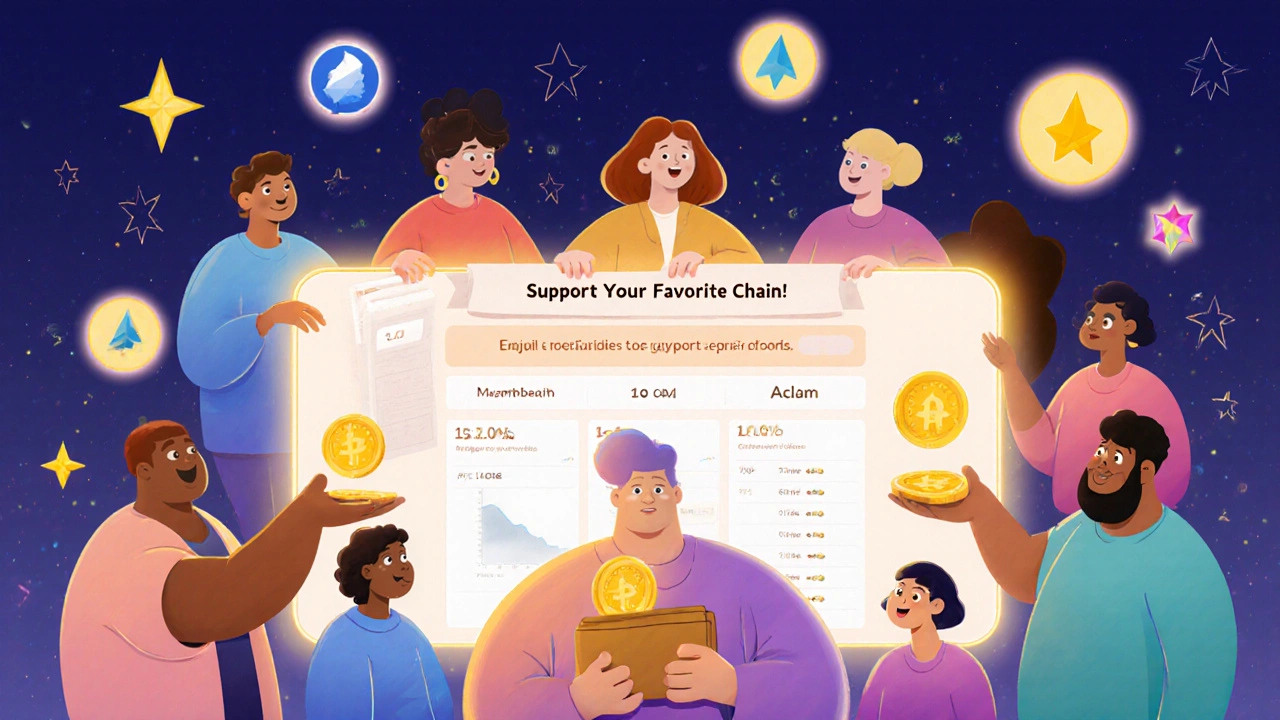
Who’s Winning? Real Projects on Polkadot
Since the first auction in November 2021, dozens of projects have won slots. Some of the biggest names include:
- Acala - a DeFi hub for stablecoins and lending
- Moonbeam - an Ethereum-compatible smart contract chain
- Chainlink - bringing off-chain data to Polkadot
- DataHighway - focused on enterprise data sharing
- Astar - supporting Web3 apps and NFTs
Even big companies joined in. IBM backed Chainlink with 50,000 DOT. Siemens supported DataHighway. Mastercard contributed to Astar. These aren’t just speculative bets - they’re real infrastructure investments.
Why Polkadot’s System Beats Other Models
Compare this to Cosmos, where each chain secures itself independently. That means new projects need their own validators, miners, and security budgets - expensive and complex. Polkadot gives you shared security for free. You get the same protection as the main chain without building your own.
Or look at Ethereum’s L2s. Many charge users high gas fees to compete for space. Polkadot’s auction doesn’t favor the richest. It favors the most supported. A small team with a passionate community can beat a well-funded startup if their crowdloan is strong enough.
And unlike secondary markets where someone resells a slot, Polkadot’s auctions are always open and fair. No one can buy their way in after the fact. Every slot is earned through community trust.
Challenges and Criticisms
It’s not all smooth sailing. Some users find the process confusing. Setting up a wallet, choosing a project, understanding reward structures - it takes time. Polkadot’s own docs say new users need 45 to 60 minutes just to understand the system. That’s a barrier for non-technical people.
There’s also regulatory risk. In early 2024, the SEC said some crowdloan rewards could be considered unregistered securities. That forced Polkadot to block U.S. users from participating in future auctions. It’s a big blow to one of the largest crypto markets.
And while the candle auction prevents last-minute sniping, it’s not foolproof. Some users still try to game it. Tools like Para-Tool and PolkaStats help track bids in real time, but they’re not official. Community-built solutions fill gaps the protocol leaves open.
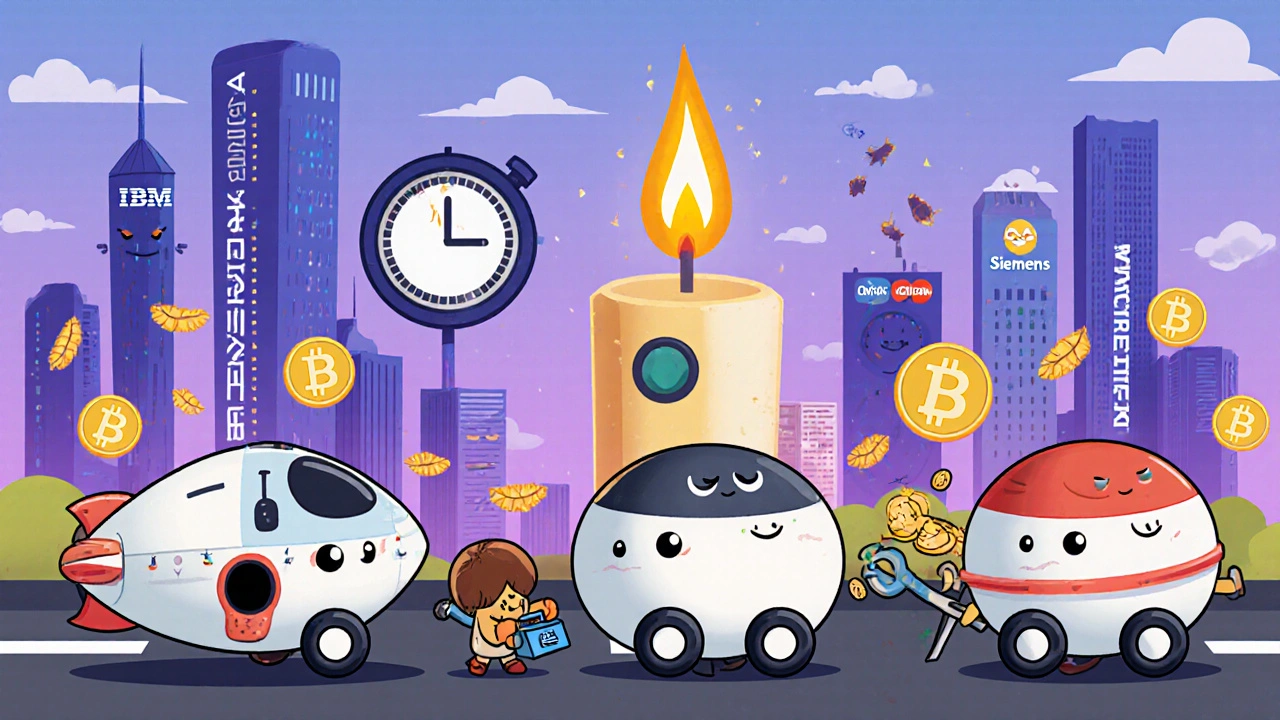
What’s Next? Auction 2.0 and the Future
Polkadot isn’t standing still. In 2024, they launched Auction 2.0. The new version reduces the minimum lease from 12 weeks to 8 weeks, giving smaller projects more flexibility. It also introduces dynamic pricing - if the network is busy, slots might cost more. That’s a smart way to match supply and demand.
The Polkadot Treasury has set aside $50 million to improve the user experience. Grants are going to teams building easier crowdloan interfaces, better dashboards, and mobile-friendly tools. By 2026, the number of parachain slots is expected to grow from 100 to 150. That means more room for innovation.
Industry analysts predict auction volume will hit $2.8 billion annually by then. That’s not just speculation - it’s based on real adoption. Enterprise interest is growing. Developers are building. Users are participating. The system is proving it works.
How to Get Involved
If you want to support a project:
- Get a compatible wallet: Polkadot.js, Talisman, or Ledger Nano (firmware 2.0.0 or higher)
- Check active auctions on PolkaStats or the official Polkadot portal
- Research projects - look at their whitepaper, team, and community
- Decide how much DOT to contribute - don’t overcommit
- Confirm the reward structure - some offer 1:1, others 1:15 or more
- Submit your contribution - it takes 8-12 minutes the first time
Remember: you’re not losing your DOT. You’re lending it. And if the project succeeds, you might earn tokens on top of your original stake. It’s a low-risk way to support the future of blockchain.
Final Thoughts
Parachain auctions aren’t just a technical trick. They’re a social contract. They turn crypto holders into stakeholders. They turn developers into community leaders. And they turn Polkadot from a protocol into a living ecosystem. The real winners aren’t the projects with the most money - they’re the ones with the most trust. That’s why this system lasts. Not because it’s perfect. But because it’s fair.
Are DOT tokens lost in parachain auctions?
No, DOT tokens are not lost. They are locked (bonded) for the duration of the lease period - typically 12 to 96 weeks - and fully returned to contributors once the lease ends. The system is designed as a temporary commitment, not a purchase.
Can anyone participate in a crowdloan?
Yes, any DOT holder with a compatible wallet (like Polkadot.js, Talisman, or Ledger Nano) can contribute to a crowdloan. However, due to U.S. regulatory concerns, participants from certain jurisdictions, including the United States, are currently restricted from joining future auctions.
What’s the difference between a parachain and a relay chain?
The Relay Chain is Polkadot’s main blockchain that provides security, consensus, and cross-chain communication. Parachains are independent blockchains that connect to the Relay Chain to benefit from its shared security and interoperability. Think of the Relay Chain as the highway and parachains as vehicles that ride on it.
How long do parachain leases last?
Leases are sold in 12-week increments, up to a maximum of 96 weeks (two years). Projects can choose any combination of lease periods as long as they don’t overlap with other winning bids in the same auction.
Why does Polkadot use a candle auction instead of a standard auction?
Standard auctions let bidders wait until the last second to win, which can lead to manipulation and unfair outcomes. Polkadot’s candle auction uses a random, retroactive end time determined by a Verifiable Random Function (VRF). This prevents last-minute sniping and rewards early, confident participation, making the process more fair and predictable.
What happens if a parachain project fails?
If a project fails or stops operating, the DOT tokens locked for its lease are still returned to contributors when the lease period ends. The auction system doesn’t depend on the project’s success - only on the lease duration. However, any reward tokens (like GLMR or ASTAR) you received during the crowdloan remain yours.
